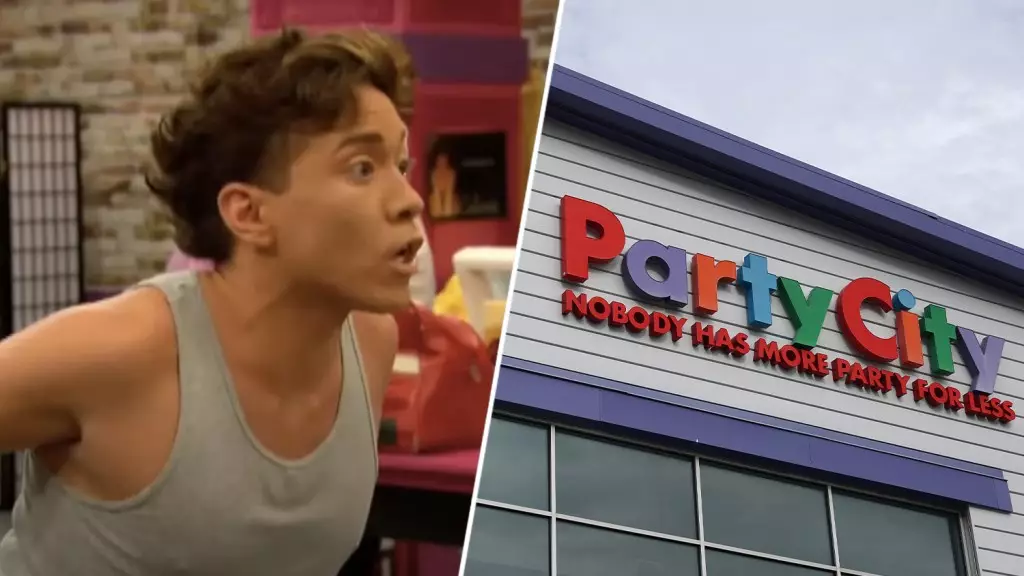In a shocking turn of events, Party City has abruptly closed its doors across the United States after four decades of serving customers. The closure has left a sour note for employees and consumers alike, as the company laid off its entire workforce without any severance packages or benefits. This unforeseen decision has sparked outrage and disbelief, particularly among its loyal customer base who took to social media to express their dismay and nostalgia. The abrupt end of such an iconic store raises questions about the future of retail in a rapidly changing consumer landscape.
The pop culture ramifications of Party City’s closure were immediately apparent as the news circulated online. Many fans turned to nostalgia-driven humor, referencing memorable moments from reality television. Commentators evoked a classic scene from “RuPaul’s Drag Race,” summarizing the pain of losing a beloved store with wit and irony. This mention of Sharon Needles and Phi Phi O’Hara exemplifies how intertwined popular culture is with consumer experiences. In a world where retail spaces often serve as community hubs, fans lamented not just the downside of losing a store, but the erosion of shared cultural touchstones.
Party City’s demise may also reflect broader economic trends affecting brick-and-mortar retailers across the nation. COVID-19 accelerated shifts towards e-commerce, causing many traditional stores to struggle. As consumers continue to opt for online shopping conveniences, companies like Party City find it increasingly challenging to maintain a physical presence. The rapid nature of Party City’s closure serves as a cautionary tale for countless retailers operating on thin margins in a tough market. This poses significant concerns about local economies and community resources as shopping options diminish.
Party City was not merely a retailer; it was an essential part of American celebration culture. Birthdays, graduations, and holidays often revolved around supplies sourced from their aisles. While the store may have succumbed to economic pressures, its absence will be felt in homes across the country where parties are integral to family traditions. The sentiment of “you provided for all girls in times of need” resonates deeply—they truly catered to the needs of celebratory moments. Fans are now left wondering where they will turn for party supplies and decorations, highlighting the void left by the retailer’s departure.
As consumers and employees grapple with the fallout from Party City’s sudden closure, the question remains: what does this mean for the future of retail? Will other community-centered stores find a way to innovate and connect with their customers to endure the changing landscape? Understanding and addressing consumer needs will be critical for the survival of any retailer. The shift in shopping habits also emphasizes the necessity for businesses to engage with their communities and adapt to change. As we mourn the loss of Party City, we also must look forward, hoping that new innovations will emerge to fill the gaps left behind.

